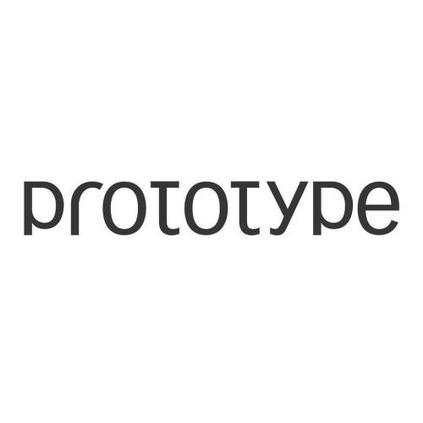Designing Internet of things (IoT) applications (apps) is challenging due to the heterogeneous nature of the systems on which these apps are deployed. Personal data, often classified as sensitive, may be collected and analysed by IoT apps, where data privacy laws are expected to protect such information. Various approaches already exist to support privacy-by-design (PbD) schemes, enabling developers to take data privacy into account at the design phase of application development. However, developers are not widely adopting these approaches because of understandability and interpretation challenges. A limited number of tools currently exist to assist developers in this context -- leading to our proposal for "PARROT" (PrivAcy by design tool foR inteRnet Of Things). PARROT supports a number of techniques to enable PbD techniques to be more widely used. We present the findings of a controlled study and discuss how this privacy-preserving tool increases the ability of IoT developers to apply privacy laws (such as GDPR) and privacy patterns. Our students demonstrate that the PARROT prototype tool increases the awareness of privacy requirements in design and increases the likelihood of the subsequent design to be more cognisant of data privacy requirements.
翻译:设计事物(IoT)应用程序(应用程序)具有挑战性,因为这些应用程序所部署的系统具有多样性,因此设计物(IoT)应用程序(应用程序)具有挑战性。个人数据通常被归类为敏感,可能由IoT应用程序收集和分析,而数据隐私法预期会保护这类信息。已有各种办法支持逐个设计(PbD)系统,使开发商能够在应用开发的设计阶段考虑到数据隐私。然而,开发商由于可理解性和解释性的挑战而没有广泛采用这些办法。目前在这方面协助开发商的工具数量有限 -- -- 导致我们提出“PARROT”(PARROT)建议。PARROT支持一些技术,使PBD技术得到更广泛的使用。我们介绍了受控研究的结果,并讨论了这一保护隐私工具如何提高开发商适用隐私法(如GDPR)和隐私模式的能力。我们的学生们证明,PARROOT原型工具提高了设计隐私要求的意识,并增加了随后设计隐私要求成为更具共性的数据的可能性。





